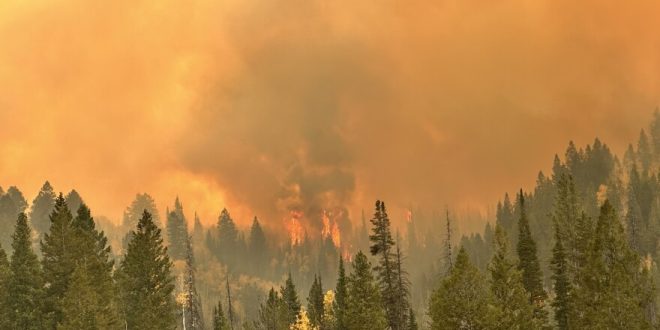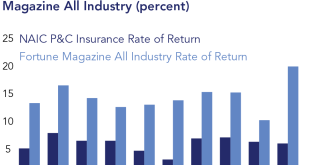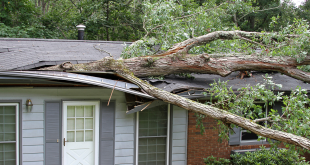Homeowners across the nation are facing increasing difficulties securing home insurance, with rising premiums and dwindling coverage options painting a grim picture of the current market. Many are calling this “the most expensive year” for home insurance, driven by a confluence of factors including climate change, increased construction costs, and lingering supply chain issues. This is leaving many homeowners vulnerable and searching for solutions in an increasingly challenging landscape.
The Rising Cost of Home Insurance
Seriously, have you looked at your home insurance bill lately? It feels like it’s gone through the roof – pun intended! The cost of insuring your home has been steadily climbing, and for many, it’s becoming a real financial burden. What’s behind this surge, and why is everyone suddenly talking about how expensive it is to protect their property?
Factors Contributing to Premium Hikes
Well, it’s not just one thing, unfortunately. Several factors are conspiring to push those premiums higher. For starters, construction costs are way up. Lumber, materials, labor—everything seems more expensive than it used to be. When the cost to rebuild your home goes up, so does the amount your insurer has to potentially pay out. Makes sense, I guess. Then there are those pesky supply chain issues still lingering from, well, you know. Getting materials quickly and affordably is still a headache, impacting repair costs after a disaster. And don’t even get me started on inflation… It’s like everything is just costing more these days!
Geographic Areas Most Affected
Certain areas are getting hit harder than others, naturally. Coastal regions prone to hurricanes or areas with a high risk of wildfires are seeing the steepest increases. Think Florida, California, and parts of the Gulf Coast. But even if you don’t live in a “high-risk” zone, you’re probably still seeing some kind of increase. It’s kinda like how gas prices fluctuate; sometimes it feels totally random, right?
Impact on Homeowners’ Budgets
So, what does this mean for you, the homeowner? For many, it means having to make tough choices. Do you cut back on other expenses to afford the insurance? Do you risk going with a lower coverage plan? Or do you just cross your fingers and hope for the best? None of those are particularly great options, are they? And it’s especially tough on those with fixed incomes or tight budgets. Home insurance becoming unaffordable? That’s a scary thought.
Insurance Companies Pulling Back
It’s not just about prices going up; it’s also about fewer options being available. Some insurance companies are straight-up leaving certain markets, which reduces competition and drives prices up even further. What’s a homeowner to do when their insurer says, “Sorry, we’re not doing this anymore”?
State-Level Regulations and Their Impact
Each state has its own set of regulations regarding insurance, and these rules can have a big impact. Some states have stricter regulations to protect consumers, while others are more lenient. These regulations can influence how insurance companies operate and how they price their policies. It’s a complex web of laws and policies, and honestly, it can be hard to keep track of it all.
The Exodus from High-Risk Areas
As mentioned earlier, some insurers are pulling out of high-risk areas altogether. This leaves homeowners in those regions with very limited options. Imagine living in Florida and suddenly finding out that only a handful of companies are willing to insure your home – and they’re charging exorbitant rates. It’s a real crisis for some communities. Are people going to start moving? It’s a possibility, right?
Limited Coverage Options Available
Even if you can find an insurance company willing to cover you, the available coverage options might be limited. You might have to accept higher deductibles or reduced coverage amounts. It’s like they’re saying, “We’ll insure you, but don’t expect much help if something actually happens.” It’s a bit cynical, I know, but sometimes it feels that way!
Climate Change and Increased Risk
Let’s face it, climate change is playing a huge role in all of this. The increasing frequency and severity of natural disasters are making it riskier – and therefore more expensive – to insure homes. We’re seeing more hurricanes, wildfires, floods, and other extreme weather events, and insurance companies are feeling the heat – no pun intended, again!
Frequency and Severity of Natural Disasters
It seems like every year, there’s a new “record-breaking” hurricane or wildfire season. These disasters cause massive damage, leading to huge payouts for insurance companies. And who ultimately pays for those payouts? You guessed it: the homeowners, through higher premiums. It’s like we’re stuck in a vicious cycle of disaster and rising costs.
The Challenge of Accurate Risk Assessment
Predicting the future is tough, especially when it comes to natural disasters. Insurance companies are struggling to accurately assess the risk of these events, which makes it difficult for them to price their policies appropriately. They’re using all sorts of data and models, but there’s still a lot of uncertainty. It’s not an exact science, that’s for sure.
Long-Term Projections for Home Insurance
Looking ahead, the future of home insurance doesn’t look particularly rosy. Experts predict that premiums will continue to rise, and coverage options will become even more limited. Unless something drastic changes, homeowners will likely face even greater challenges in the years to come. It’s a sobering thought, isn’t it?
Navigating the Current Insurance Market
Okay, so the situation sounds pretty bleak. But don’t despair! There are still things you can do to navigate this challenging market and find affordable coverage. It might take some extra effort, but it’s worth it to protect your home and your financial well-being.
Tips for Finding Affordable Coverage
First, shop around! Get quotes from multiple insurance companies and compare their rates and coverage options. Don’t just go with the first offer you receive. Second, consider increasing your deductible. A higher deductible means lower premiums, but it also means you’ll have to pay more out of pocket if you file a claim. Third, look for discounts. Many insurers offer discounts for things like having a security system, installing storm shutters, or being a long-time customer. Every little bit helps, right?
Alternative Insurance Options
If you’re having trouble finding traditional insurance, you might want to explore alternative options. For example, some states offer FAIR plans (Fair Access to Insurance Requirements) for homeowners who can’t get coverage in the private market. These plans typically offer basic coverage at a higher price, but they can be a lifeline for those in high-risk areas. It’s worth checking if there’s something like that available to you.
Working with an Insurance Broker
Consider working with an independent insurance broker. Brokers can shop around for you and find the best coverage options for your needs. They have access to multiple insurance companies and can help you compare rates and policies. Plus, they can provide valuable advice and guidance. Think of them as your personal insurance shopper. Not a bad idea, huh?
The Future of Home Insurance
The home insurance landscape is definitely shifting, and it’s hard to say exactly what the future holds. But there are some potential changes and innovations on the horizon that could help alleviate the current crisis.
Potential Policy Changes and Reforms
There’s growing pressure on lawmakers to address the home insurance crisis. Some states are considering reforms to regulations, while others are exploring ways to incentivize insurance companies to stay in high-risk areas. It’s a slow process, but hopefully, these efforts will eventually lead to some positive changes. Fingers crossed, right?
Technological Innovations in Risk Assessment
Technology could also play a role in improving risk assessment. New tools and data sources could help insurance companies better predict and manage the risk of natural disasters. This could lead to more accurate pricing and more tailored coverage options. Maybe AI can actually help for once? Worth hoping for, anyway.
Community-Based Solutions and Resilience Planning
Finally, communities can take steps to become more resilient to natural disasters. This could involve things like strengthening building codes, investing in flood control measures, and creating community emergency response plans. By working together, communities can reduce their risk and make it more attractive for insurance companies to offer coverage. It’s all about that community spirit!
So, there you have it. The home insurance market is definitely in a tough spot, and you’re not alone if you’re feeling the pinch. But by being proactive, exploring your options, and staying informed, you can navigate this challenging landscape and find the coverage you need to protect your home. Don’t give up, and maybe share your experiences with others – we’re all in this together!
 seeme
seeme




